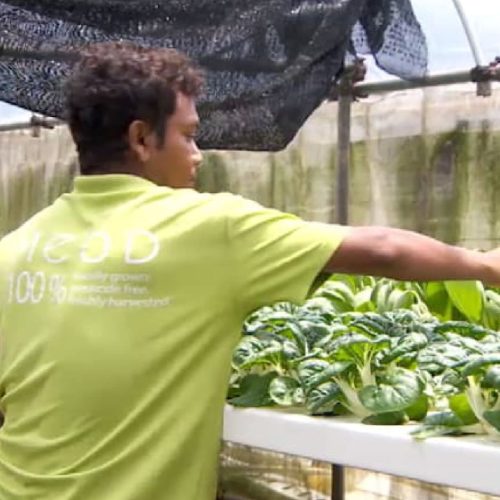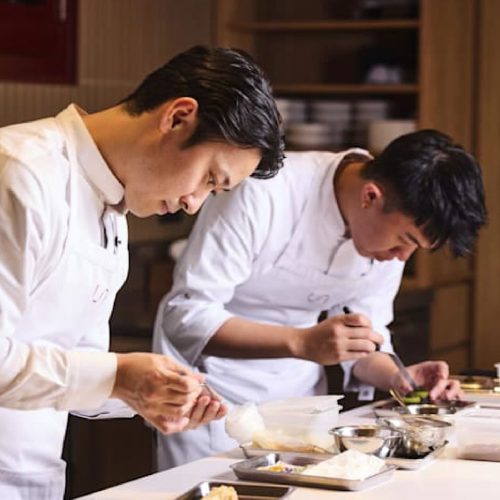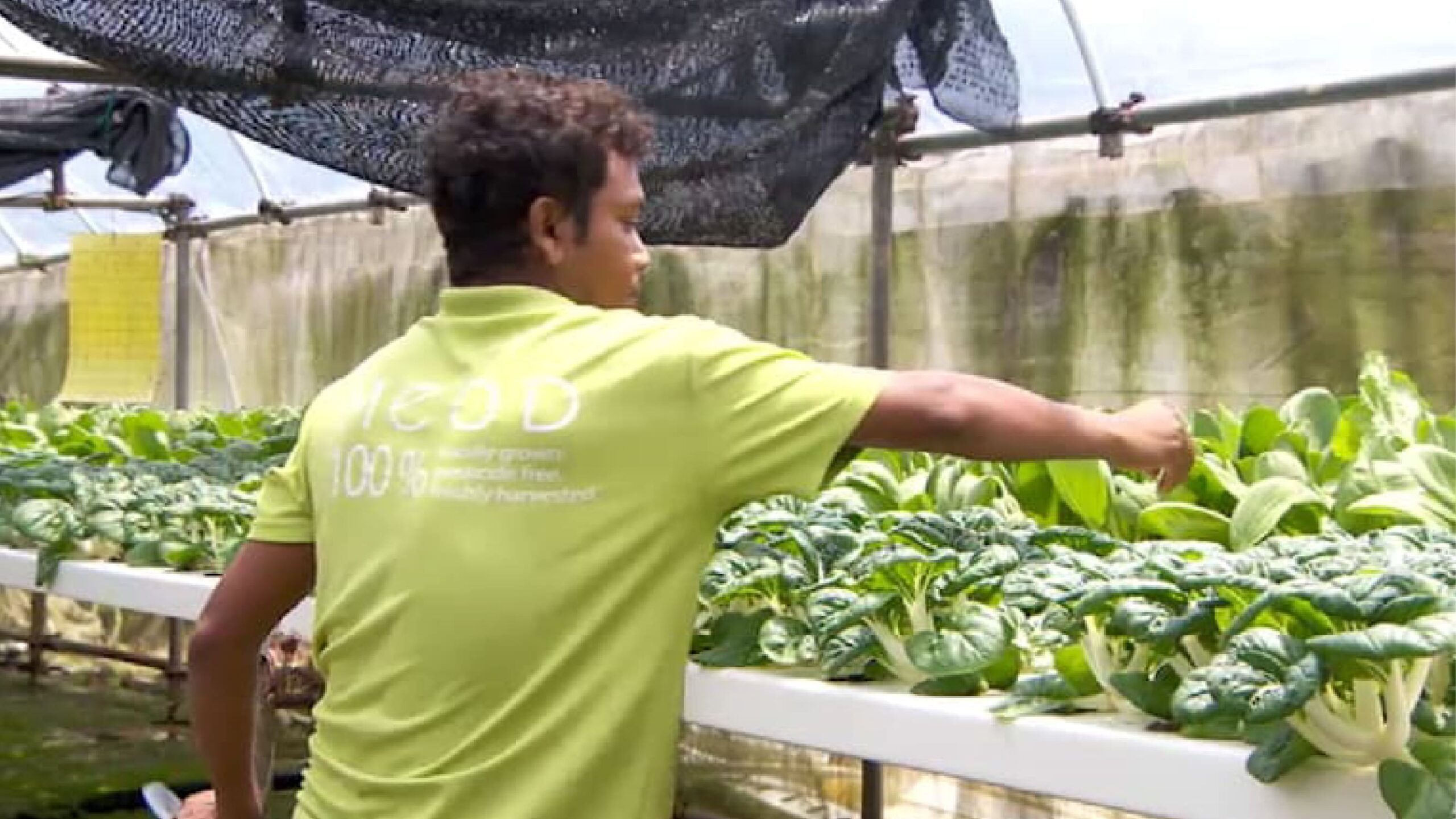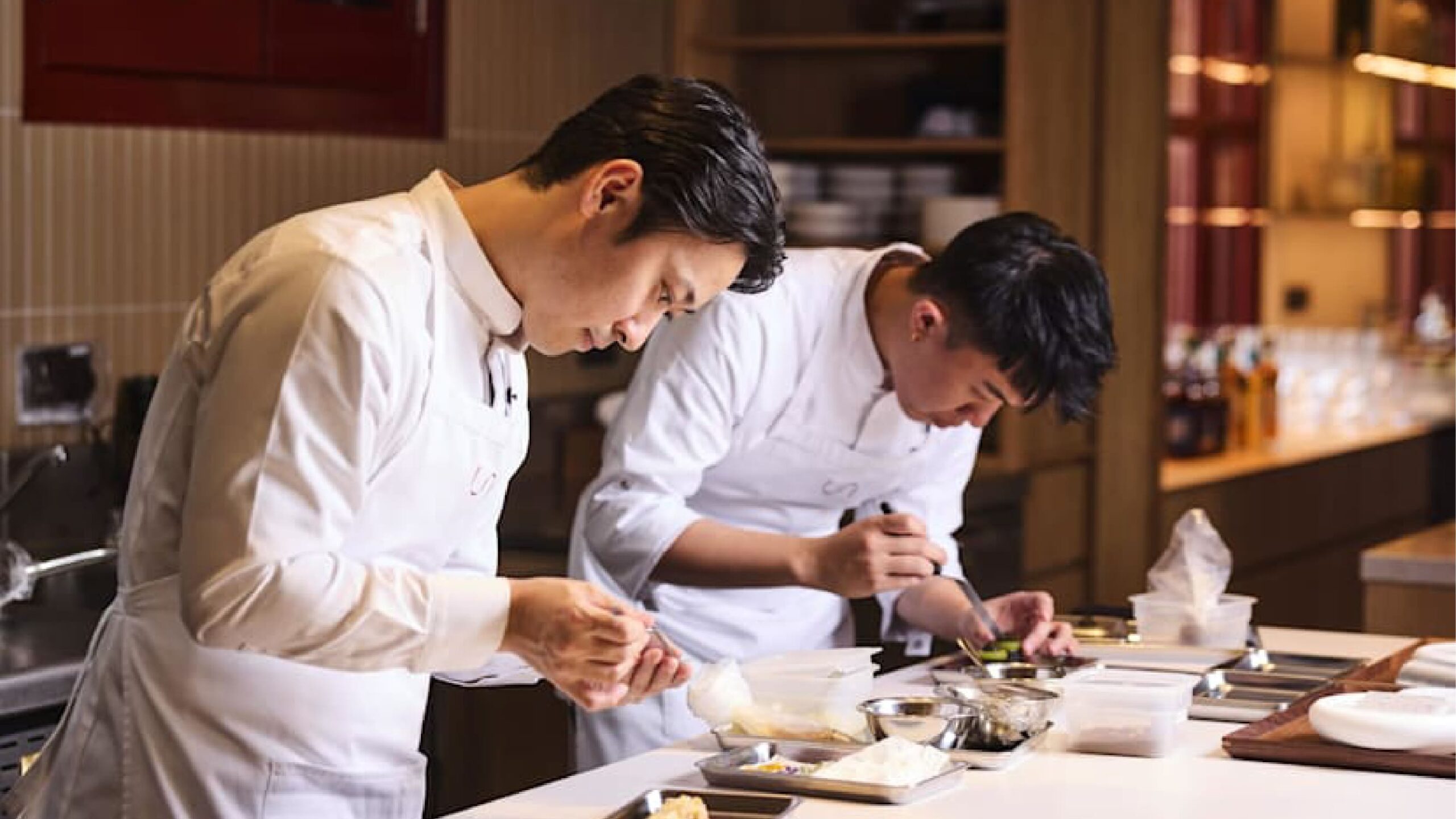Singapore’s food and beverage (F&B) industry is one of the most competitive in the world — a market where razor-thin margins, high rent, and labor challenges test even the boldest entrepreneurs. Yet, it is also a powerful launchpad for those who dare to dream beyond the island’s borders.
Amid the constant churn of closures and new openings, some Singapore-based businesses are turning their local struggles into international success stories. For many, thriving in Singapore has become the ultimate preparation for conquering the global stage.
From Telok Ayer to Bangkok: How Sarnies Brewed Global Success
When Sarnies Cafe opened its doors along Telok Ayer Street in 2011, the coffee culture in Singapore was just beginning to flourish. Surrounded by office towers and young professionals hungry for artisan brews, Sarnies became an instant hit.
But within just a few years, rising rents and tightening labor regulations began to erode profits. By 2015, co-founders Benjamin Lee and Eric Chan knew they had to look beyond Singapore to sustain growth.
Their search led them to Bangkok, where they opened a modest coffee bar in 2016. The Thai capital reminded them of Singapore’s early days — energetic, experimental, and ready for something new. After immersing themselves in the local market, they expanded into a heritage building and launched a full-fledged brunch café.
Today, Sarnies operates only two outlets in Singapore but boasts eight thriving locations in Bangkok, each uniquely designed for its neighborhood. Their success abroad highlights a powerful truth: mastering Singapore’s competitive scene can build the resilience needed to win internationally.
The Harsh Reality: Why Many Local Brands Struggle to Survive
Singapore’s F&B landscape is unforgiving. In 2024 alone, over 3,000 businesses shut down, the highest attrition rate in nearly two decades. Longstanding names like Ka-Soh, Burp Kitchen & Bar, and The Prive Group were among the casualties.
High rentals, labor shortages, and volatile ingredient prices make it difficult to maintain profitability, even for well-established operators. Chef Bjorn Shen of Artichoke describes the local scene as “a bloodbath,” where full-house restaurants can still lose money.
Yet, Shen and others see this as both a curse and a blessing. “If you can make it in Singapore,” he said, “you can make it anywhere.” The country’s discerning diners, strict regulations, and sky-high costs make it the perfect proving ground for F&B innovation.
Taking the Leap Abroad: From Survival to Expansion
For many brands, international expansion has become less of a choice and more of a necessity. Rising costs and fierce competition have forced business owners to look for opportunities overseas.
Entrepreneurs like Douglas Ng, founder of Fishball Story, found relief after moving operations to Indonesia, where he now runs six outlets under the Little Red Dot brand. Labor is more affordable, rent is lower, and customer bases are large enough to sustain multiple price points.
Similarly, dessert brand Awfully Chocolate and bakery giant BreadTalk Group have both adapted their concepts for overseas audiences. In China, Awfully Chocolate offers lighter, less sweet desserts. BreadTalk, meanwhile, customizes its menus to include 20 percent of local flavors in each market while keeping 80 percent of its Singaporean identity intact.
Their strategies prove that while localization is crucial, authenticity remains the core of international success.
The Government Push: Helping Local Brands Go Global
To support this wave of expansion, Enterprise Singapore (ESG) has assisted more than 700 F&B projects in overseas market explorations over the past three years.
According to Jason Lim, ESG’s Director of Food Services, Southeast Asia remains the most promising region for Singapore’s F&B exports. Countries like Indonesia and the Philippines offer larger consumer bases, lower operating costs, and a growing middle class eager for new dining experiences.
Academic experts agree that expanding abroad not only helps businesses diversify risks but also provides valuable insights that can later strengthen their Singapore operations.
Back to the Roots: Why Singapore Remains Home
Despite the exodus, most business owners still view Singapore as the heart of their brand identity.
“The success we have in Thailand wouldn’t be possible without what we learned in Singapore,” said Sarnies’ co-founder Benjamin Lee. Similarly, The Ice Cream & Cookie Co. continues to base its manufacturing and R&D in Singapore, even after launching in Hong Kong.
For these entrepreneurs, Singapore’s intense market pressure is both a challenge and a badge of honor. As Awfully Chocolate’s founder Lyn Lee puts it, “We will always be proudly Singaporean. The goal has always been to be Singapore’s chocolate brand — and then Asia’s.”
The Takeaway: Singapore’s Brutal Market Builds Global Champions
Singapore’s F&B scene is undeniably tough — but it also breeds excellence. The island’s high standards, demanding consumers, and fast-paced environment create brands capable of thriving anywhere.
For every closure, a new entrepreneur steps up, ready to take on the challenge. And while many eventually expand abroad, their roots — and their lessons — remain deeply grounded in Singapore.
In the end, the Republic’s unforgiving market is not a graveyard for dreams. It’s a training ground for world-class brands that carry the spirit of Singapore’s resilience, creativity, and taste to the global stage.








